Robert Wilson’s menagerie of glassworks takes centre stage
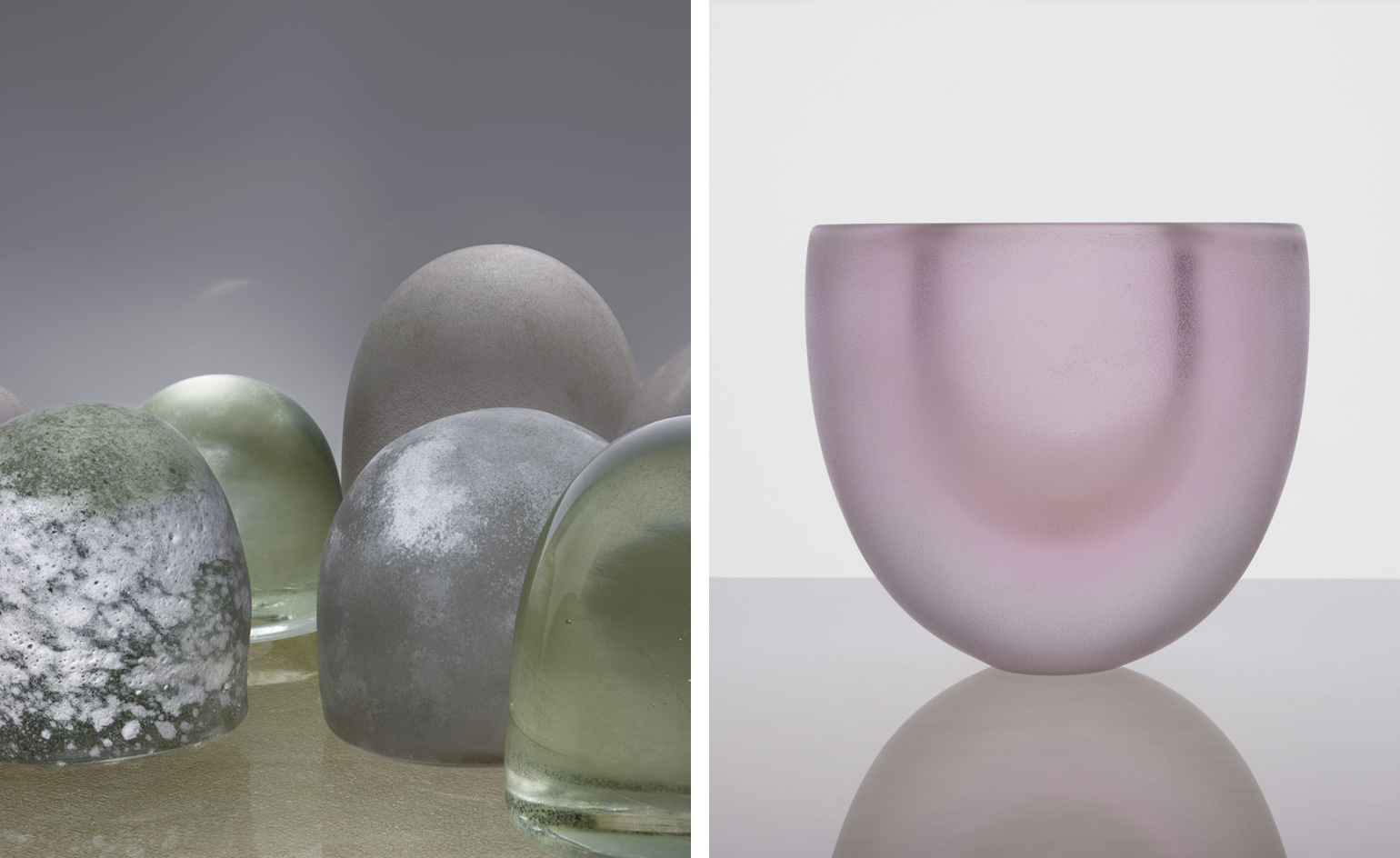
‘There are only two lines in the world: straight and curved. You’re making a decision, but there are only two lines.’ So says Robert Wilson before the vernissage of his glass artworks, which debuted at Laffanour Galerie Downtown during a week filled with FIAC-related exhibitions. If the renowned stage director, designer and visual artist has made this statement in the past, it feels especially apropos in the context of these vessels, each one a unique expression of material, composition and gesture.
Unlike Wilson’s avant-garde theatrical productions, there is no movement here. Yet the glossy, swirling black cylinders, powdered translucent truncated pyramids turned upside down, bowls glowing turquoise from within and elongated domes as impermeably opaque as granite all contribute to a scene of dynamic figures. ‘People think of glass as light and transparent; but I was also thinking the opposite,’ he explains, describing his initial intention as ‘dark, non-transparent, heavy’.
The earliest versions date back to 1994 when he was welcomed into the workshops of the Centre International de Recherche sur le Verre et les Arts Plastiques (CIRVA). He observed master glass maker Lino Tagliapietra from Murano and would propose ideas as free-form drawings. Until 2005, he spent time realising new variations. ‘I kept trying to contradict myself,’ he says. Some may register more finished than others; Wilson maintains that, at the time, he wasn’t concerned with whether they would be exhibited.
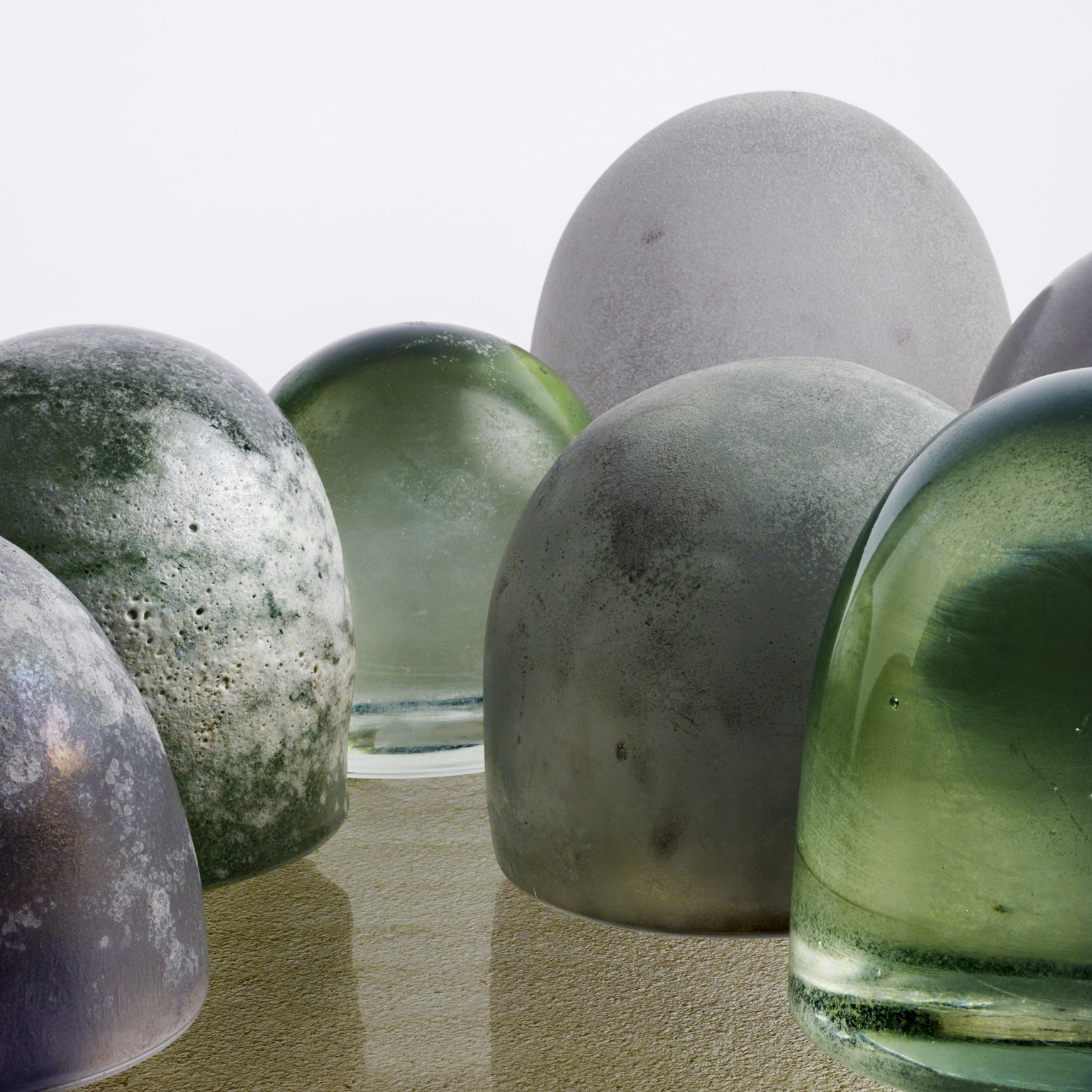
But now that they are, he notes how each brings him back to a personal moment that exists independent of the final shapes. ‘They have memory,’ says Wilson. Perhaps that’s why their titles – The Beach, Plato, Full Moon, Black River, Orlando, Friends, The Tree – sound at once so random and evocative.
During our conversation, Wilson, who recently celebrated his 75th birthday, began illustrating his thought processes, noting a consistent pattern of pure design, whether a Madame Grès dress, his lighting for Einstein on the Beach, or the Richard Wagner opera Parsifal. As someone who seems to fluidly shift between creative expressions, he suggests that, fundamentally, his body of work projects the same considerations of structure and light. ‘I think an artist’s work is like that; whether you’re writing a play or writing an opera or making a drawing or making your piece of glass, it’s all a part of one thought process,’ he says, ‘It can take different forms, different manifestations; you can get older but it’s still the same body.’
Anyone visiting the Left Bank gallery would not be wrong to assume Wilson oversaw the scenography. Credit, however, goes to gallerist François Laffanour. Within the darkened space, the groupings appear at waist-level, spread out across stages without any formal or thematic arrangement; directly above, the ceiling has been lowered, dramatically tightening the spaces and concentrating the light. Wilson seemed delighted to be relieved of the responsibility, musing, ‘I couldn’t have done such an interesting installation’.
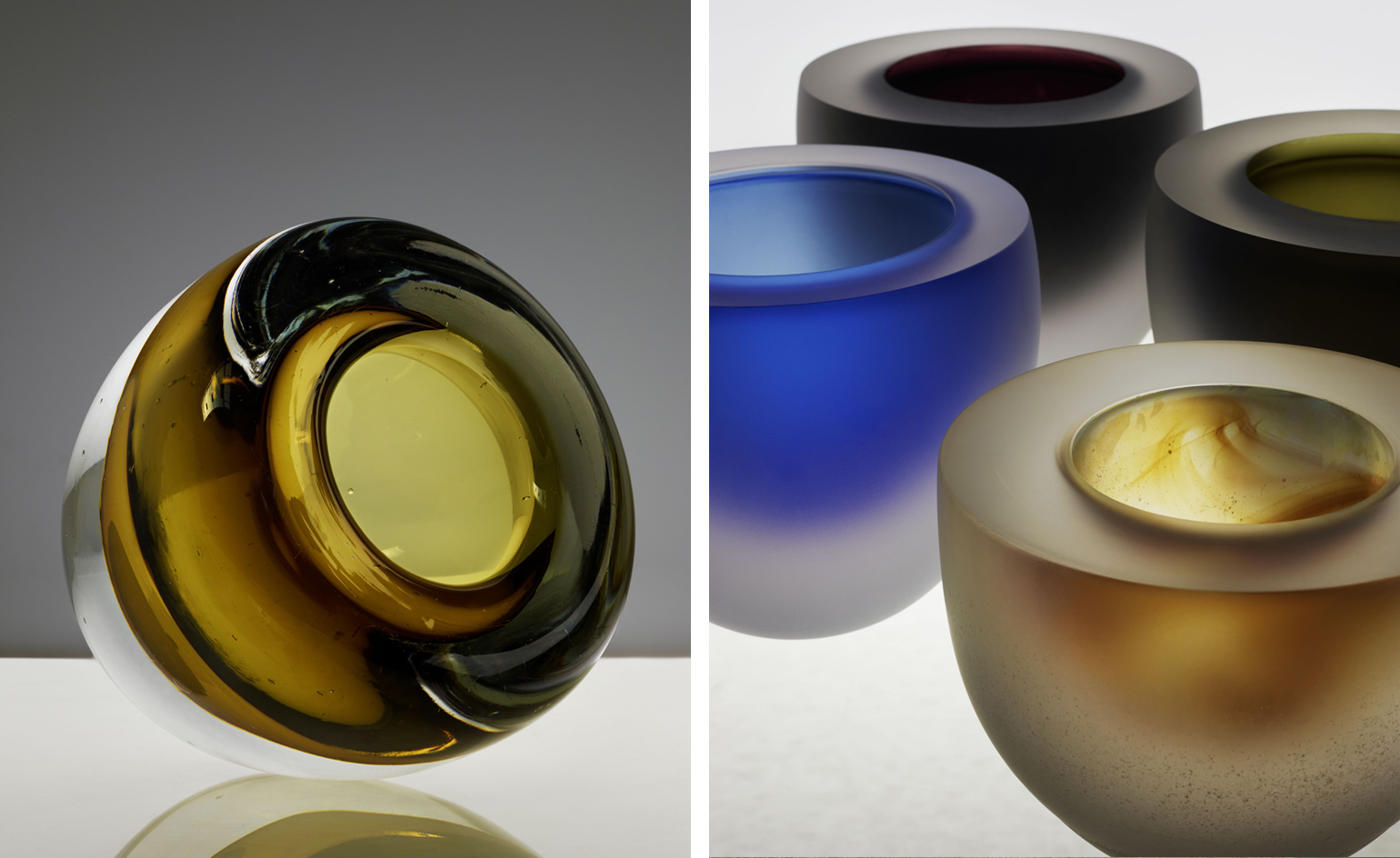
Wilson notes how each vessel is imbued with a memory. To wit, their titles – The Beach, Plato, Full Moon, Black River, Orlando, Friends, The Tree – sound at once random yet evocative
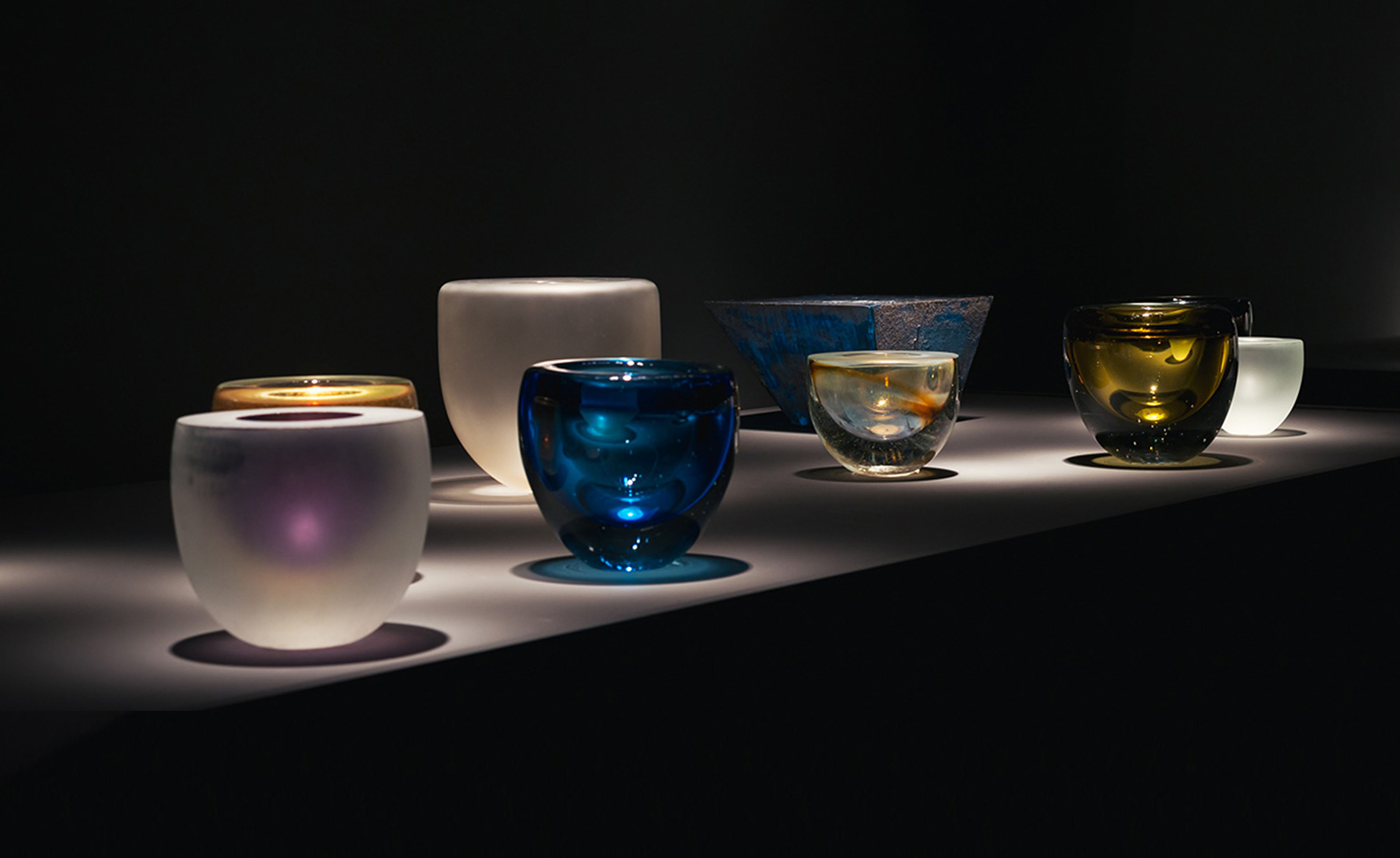
Within the darkened space at Laffanour, the groupings of glassworks are displayed at waist-level, spread out across stages without any formal or thematic arrangement.

Small sketches would outline the desired shape to the glassblower. A pencil line, carefully smudged with the finger, specified the volume its surface would have.
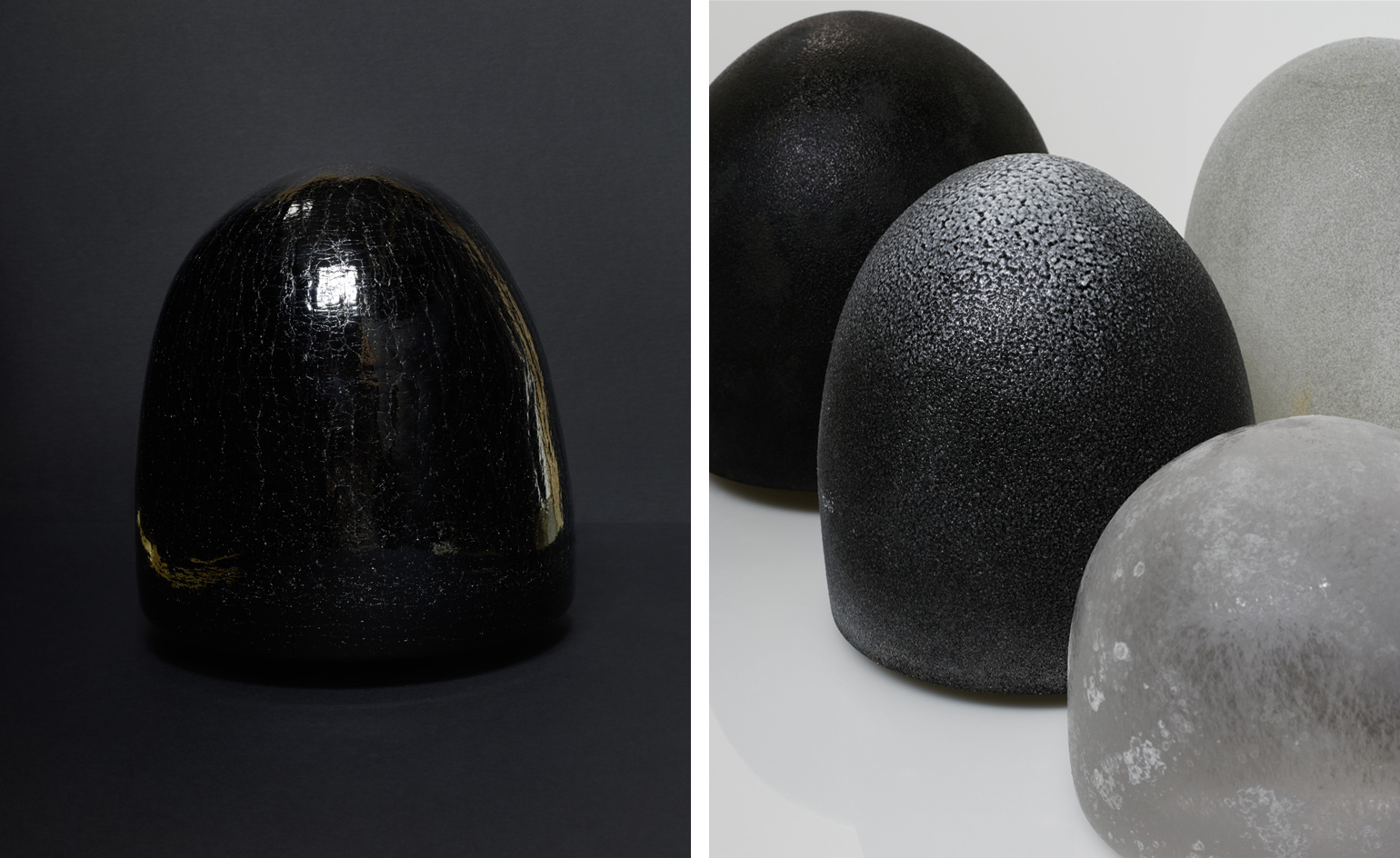
‘People think of glass as light and transparent; but I was also thinking the opposite,’ Wilson explained, describing his initial intention as ‘dark, non-transparent, heavy’.

Bowls glowing turquoise from within and elongated domes as impermeably opaque as granite all contribute to a scene of dynamic figures.
INFORMATION
'Robert Wilson: Glass Works' is on view until 6 November. For more information, visit the Laffanour Galerie Downtown website
ADDRESS
Laffanour Galerie Downtown
18, rue de Seine
75006 Paris
Receive our daily digest of inspiration, escapism and design stories from around the world direct to your inbox.
-
 How We Host: Interior designer Heide Hendricks shows us how to throw the ultimate farmhouse fête
How We Host: Interior designer Heide Hendricks shows us how to throw the ultimate farmhouse fêteThe designer, one half of the American design firm Hendricks Churchill, delves into the art of entertaining – from pasta to playlists
-
 Arbour House is a north London home that lies low but punches high
Arbour House is a north London home that lies low but punches highArbour House by Andrei Saltykov is a low-lying Crouch End home with a striking roof structure that sets it apart
-
 25 of the best beauty launches of 2025, from transformative skincare to offbeat scents
25 of the best beauty launches of 2025, from transformative skincare to offbeat scentsWallpaper* beauty editor Mary Cleary selects her beauty highlights of the year, spanning skincare, fragrance, hair and body care, make-up and wellness
-
 Inez & Vinoodh unveil romantic new photography series in Paris
Inez & Vinoodh unveil romantic new photography series in ParisA series of portraits of couple Charles Matadin and Natalie Brumley, created using an iPhone in Marfa, Texas, goes on show in Paris
-
 Inside Davé, Polaroids from a little-known Paris hotspot where the A-list played
Inside Davé, Polaroids from a little-known Paris hotspot where the A-list playedChinese restaurant Davé drew in A-list celebrities for three decades. What happened behind closed doors? A new book of Polaroids looks back
-
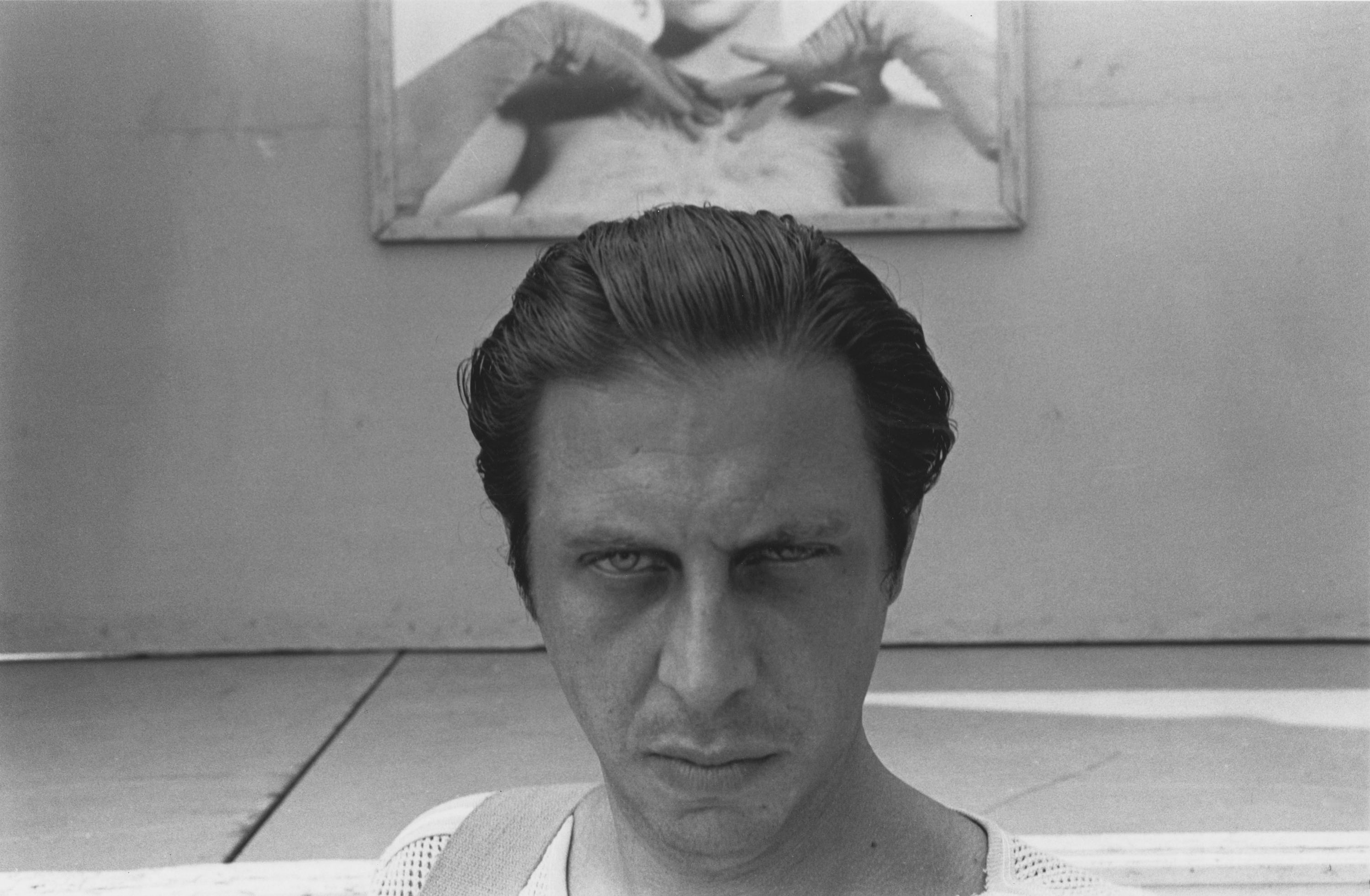 All eyes on Paris Photo 2025 – focus on our highlights
All eyes on Paris Photo 2025 – focus on our highlightsThe world's most important international photography fair brings together iconic and emerging names, galleries large and small – and there’s much to covet
-
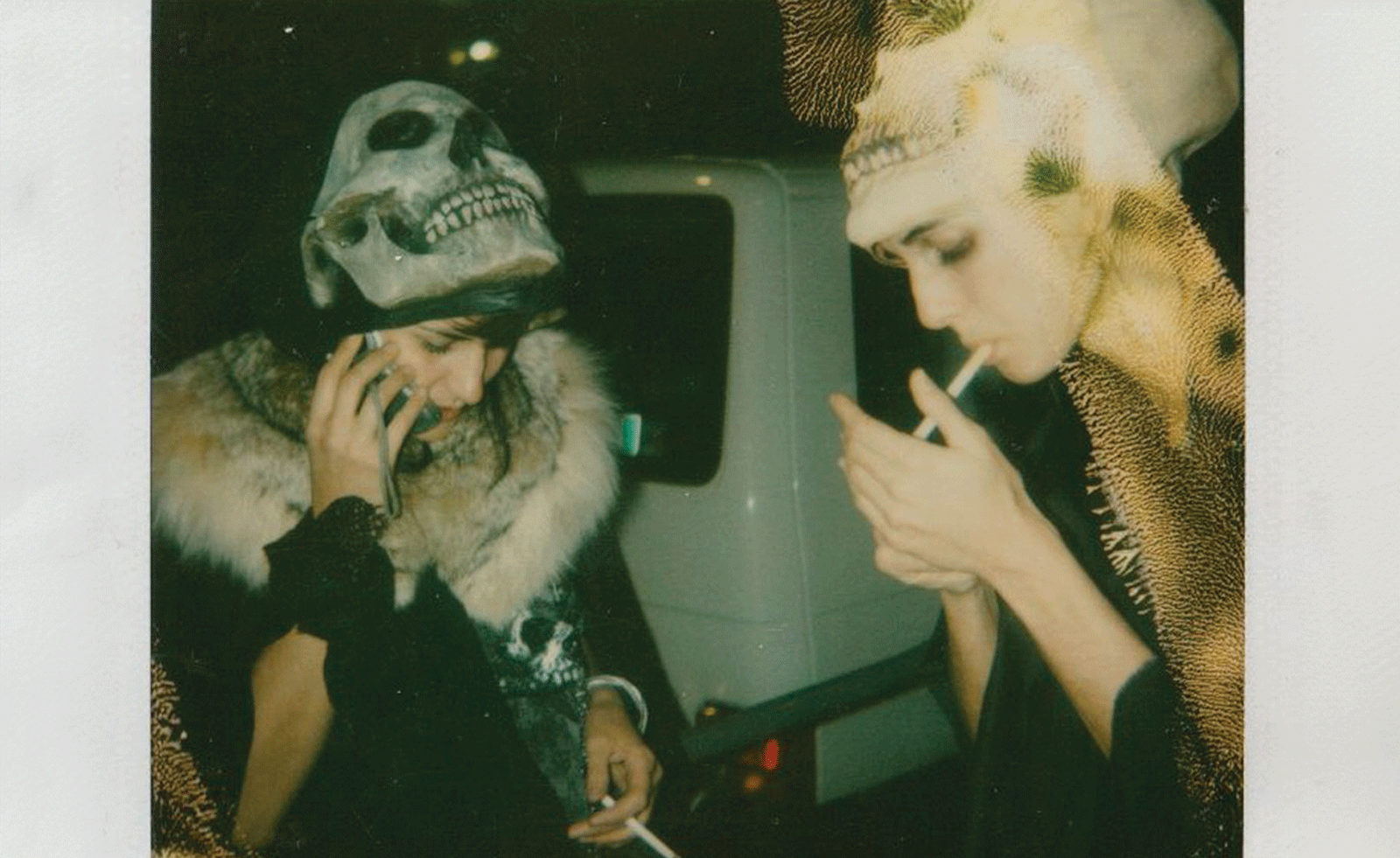 Ten things to see and do at Art Basel Paris 2025
Ten things to see and do at Art Basel Paris 2025Art Basel Paris takes over the city from 24-26 October. Here are the highlights, from Elmgreen & Dragset to Barbara Kruger and Dash Snow
-
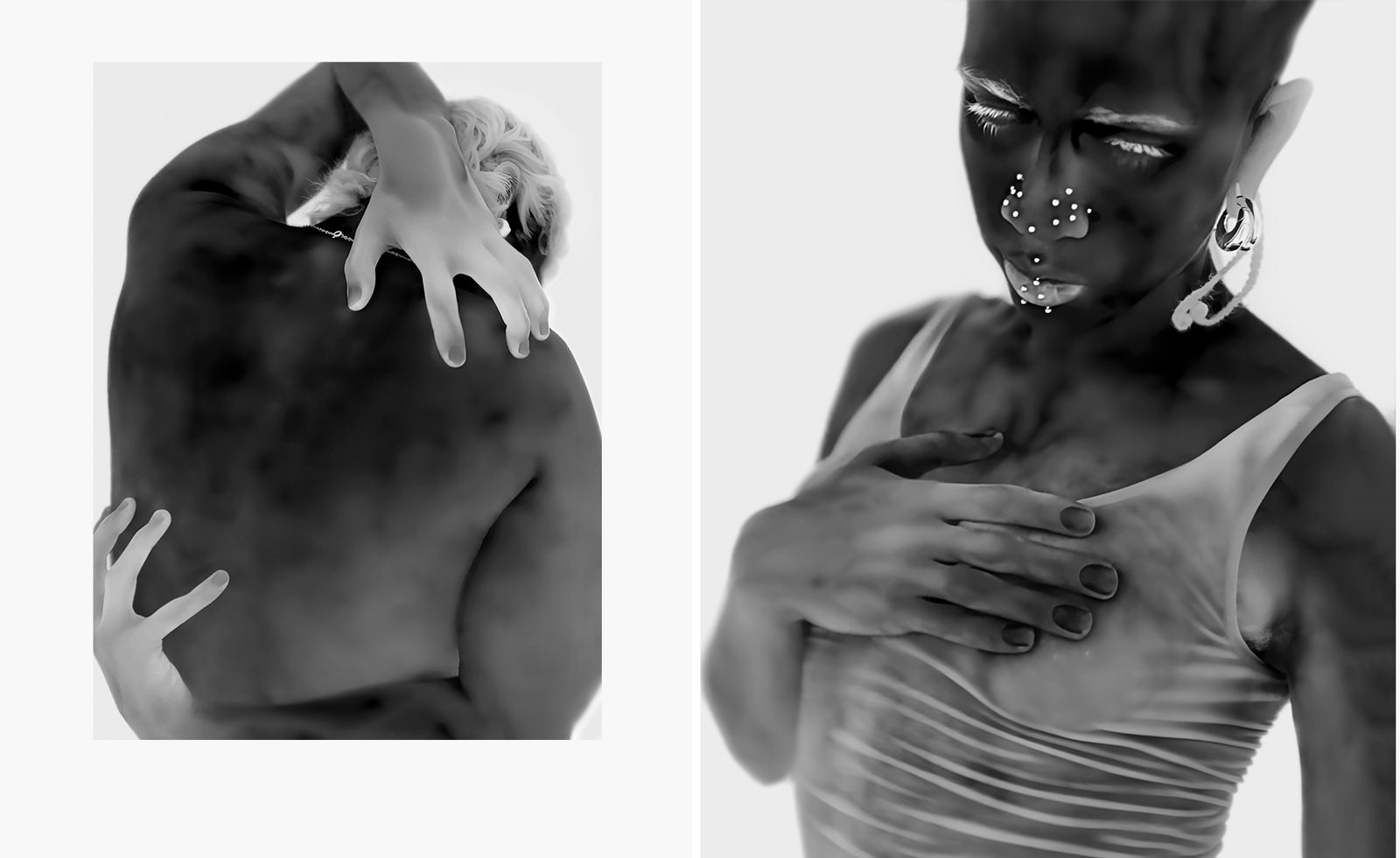 Yulia Mahr digs beneath the skin in her modern update of classic Greek statues in Paris
Yulia Mahr digs beneath the skin in her modern update of classic Greek statues in ParisIn 'The Church of Our Becoming', on view at the Courtyard at Dover Street Market Paris, Yulia Mahr celebrates real human bodies
-
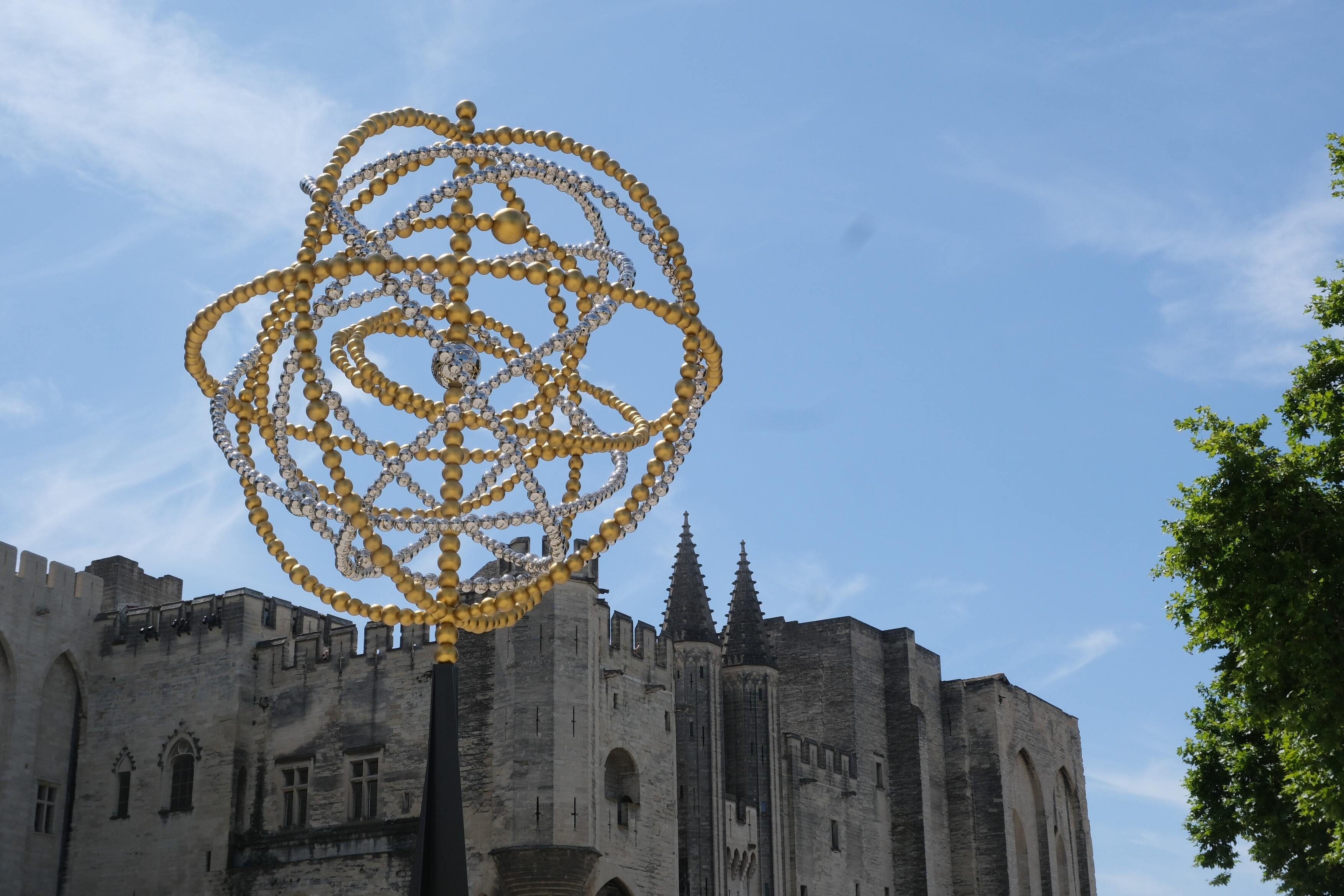 Jean-Michel Othoniel takes over Avignon for his biggest ever exhibition
Jean-Michel Othoniel takes over Avignon for his biggest ever exhibitionOriginally approached by Avignon to mark their 25th anniversary as the European Capital of Culture, Jean-Michel Othoniel more than rose to the challenge, installing 270 artworks around the city
-
 Joel Quayson’s winning work for Dior Beauty at Arles considers the theme ‘Face-to-Face’ – watch it here
Joel Quayson’s winning work for Dior Beauty at Arles considers the theme ‘Face-to-Face’ – watch it hereQuayson, who has won the 2025 Dior Photography and Visual Arts Award for Young Talents at Arles, imbues his winning work with a raw intimacy
-
 What to see at Rencontres d’Arles 2025, questioning power structures in the state and family
What to see at Rencontres d’Arles 2025, questioning power structures in the state and familySuppressed memories resurface in sharply considered photography at Rencontres d'Arles 2025. Here are some standout photographers to see